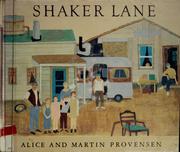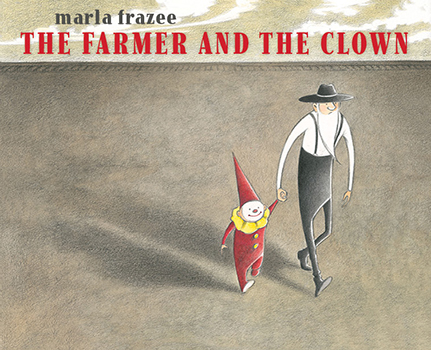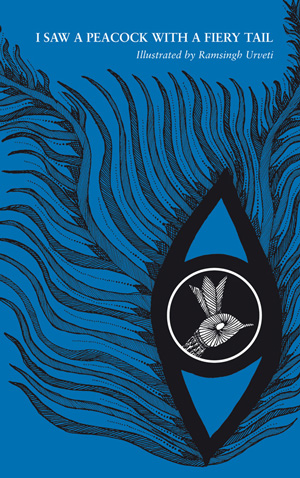Author- Jane De Suza
Illustrator- Jit Chowdhury
Publisher: Puffin- Penguin Books India
The author, Jane, takes you on an animated, irreverent, fun ride with the exploits of an unlikely hero in her book- SuperZero. She has peppered her work subtly with wisdom ( if the reader wishes to take note.)
The protagonist is a ten year old, sent to a superhero school by his mom who thinks that he has super skills. But our young man keeps making faux pas, loses his super brief on Day 1 of school ( to be replaced by a duckie and eggs print one from a shower curtain by his Grandpa) and is not even sure of his having any super power!!
Who doesn't root for the well meaning but bumbling black sheep/ dark horse?
The adoring mother, the hard of hearing grandpa, the father who would have preferred the pursuit of basket ball over super powers, form the family context. The author imaginatively characterises the schoolmates- Anna Conda – a snake girl, Vamp Iyer, a blood hating- milk loving vampire, a not very sympathetic set of teachers including a two headed headmistresses. Dog lovers will empathize with Bigabyte- a dog that eats everything it sees.
Will SuperZero save the world finding his own super powers along the way? Who will he turn to for help against the evil Eggster? Will be redeem himself and become a celebrity at school?
Overall, as my nine year old put it- "A great read, laughs guaranteed!"
And some kids may learn to be less judgmental of themselves and their peers.
***********
Jane De Suza is the author of SuperZero, a laugh-out-loud book for
children whose Oliver-Twistian clamours for more have resulted in the book
going into a sequel. Other children’s books include: Party in the Sky, The Big Little Want and the Han series. She has also been identified as the author of the
best-selling humour novel, The Spy who
lost her Head.
A delightful little Q& A with Jane:
ST- How
was this book idea born?
Jane- I
always go mushy over underdogs (I also go mushy over dogs, but another time...)
So as I witnessed my own boys and their buddies charging around with their
mom’s dupattas fluttering behind like superhero capes, the question began to
niggle. Why do superheroes have to be muscled and macho goodie-two-shoes? Why
doesn’t this normal kid get a chance? The scrawny kid next door needs to feel
he has hope – that he can start out bullied and end up boss. SuperZero jumped out
of my head right about then; and began to whinge, cringe, brag, refuse to eat
spinach, and yet become the big-daddy of all awesomeness.
ST- Did
the Superhero rules come first or the chapters and then the titles?
Jane- The
story came first. It tripped along on its own and clumped itself into chapters.
Now, these chapters needed titles. As SuperZero fumbled around, making one
mistake after another, each chapter seemed to sum up perfectly into a ‘What Not
to Do’ . Together, these made a convenient set of nutty rules. What made it more fun was that SuperZero was clearly breaking every rule in
the book he himself wrote.
ST- Is BigaByte
based on a dog you know?
Jane- Yes,
our much-loved mongrel who’s crazy about our family – and a little crazy
overall. BigaByte’s penchant for chewing up things was also borrowed from him.
As a pup, our dog had chewed cell phones, remote controls, shoes, socks, furniture
- and was immediately forgiven all. I wrote in BigaByte so that in some way,
children could witness a dog’s unconditional loyalty and the great company he
offers, snoring and chewing habits notwithstanding.
ST- Jit
Chowdhury’s illustrations are very fun. Tell us more about how you
collaborated.
Jane- That’s
because Jit Chowdhury is fun. My editors at Puffin were a wonderful lot (in
hindsight). At the time, I tore off chunks of hair waiting for them to find
that perfect illustrator. When I first spoke to Jit, I realised he was even
loonier than I was. It was easy-peasy-choco-cheesy from then on, to borrow a
phrase from SuperZero. We’d talk on the phone, he in Kolkata and I in Bangalore,
and I’d send him really bad scribbles of how I’d imagined the characters. He,
in turn, would add a completely over-the-top twist, and churn out the weird
characters that populate this book. Jit and I have never met, but we zealously
guard our working partnership and will set BigaByte on anyone who challenges
it.
ST- Jit
has drawn you in the author profile with horns – why? Was it his idea or yours?
Jane- Instead
of the usual author profile, we talked about giving the kids even more to
giggle over. In keeping with the superhero theme, he’d sketched himself with
vampire bat ears, and I offered to don horns. After working a book together,
he’ll probably draw me with fangs next.
ST- Who
is your superhero in terms of children’s writing? What were your favourite
books while growing up?
Jane- As a
kid, I chanced upon a stash of William (by Richmal Crompton) in my Dad’s
toppling piles of books at home. William made his way into my imagination then,
and has ruled ever since. We still have a collection of the old moth-eaten
originals, and when in need of a belly-laugh, I pull one out. I also cried my
way through Jack London’s Call of the Wild, Lassie, The Black Stallion, Born
Wild.
I
think my love story was with books that could transport me to a parallel life. I
was lucky to be born in an age of comics (and not graphic novels) and spent
hours in the skull cave fighting crime with Tarzan, Phantom and Bahadur, and in
the brave little hamlet of Gaul where I worried, like they did, that the sky
would fall on their heads and the series would end.
ST- Any
anecdotes/ letters from readers that were particularly amusing?
Jane- Someone
sent me a pic of her 4 year-old nephew inspired into wearing his undies over
his pants. That apart, I loved getting all the letters because children are so
generous and ahem – so honest too: going into detail about how their favourite
character should bump off the other not-so-nice one next time. And then,
there’s this 7-year–old talented young authoress who promptly wrote her own
story about SuperSally, who bravely battled everything that SuperZero had –
fires and aliens and all. SuperSally, in her sketch, looked suspiciously like
SuperZero too, except for her Rapunzel-like flowing hair. Point taken –
whatever those guys do, we gals do better (and look better at it too, long hair
flying in the wind).
Pic credit - Nakul Shenoy, Atta Galatta, Bangalore






























